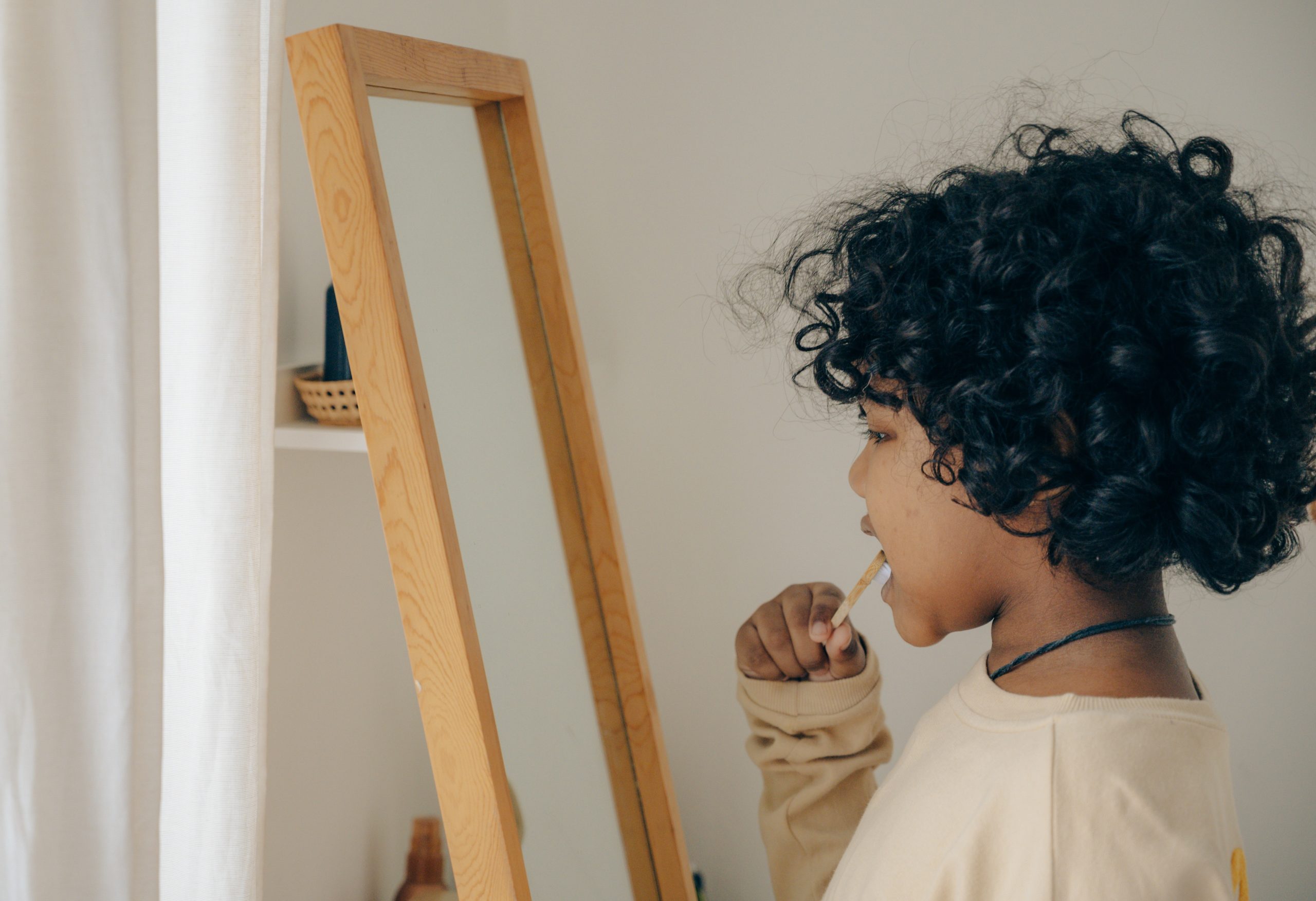Many parents are confused about the safety and value of fluoride toothpaste for toddlers. There is a vast selection of toothpaste products intended for babies, toddlers and older children, so this confusion is natural and understandable. Is fluoride toothpaste safe for toddlers? If you take certain precautions, yes. It’s an important tool in the fight against decay at all ages. This article will discuss the use of fluoride toothpastes and their role in your child’s dental health from infancy to childhood.
When Can Babies Use Toothpaste?
From their very first tooth, babies can use toothpaste, even fluoride ones. Although there are many non-fluoride toothpastes available for babies and toddlers, these may not provide sufficient protection against decay. Even babies can get cavities. Parents may not understand that protecting the primary teeth from decay is just as important as protecting the permanent ones that will appear later. This is because the primary teeth, often called baby teeth, act as placeholders for the permanent teeth forming underneath them in the jawbone. Primary teeth need to stay put until they naturally loosen and fall out, because they act as a kind of template for the permanent teeth to follow, so they can come in as straight as possible.
When the very first tooth appears is when to start using toothpaste for baby. This is also the time the child should have his or her first dental checkup. To care for baby’s first tooth and the ones to follow, use a toothbrush created for babies. It should have soft bristles, a small head and a wide handle. Place an amount of fluoride toothpaste no bigger than a grain of rice on the brush head. Smear it a bit with a clean fingertip. Then gently brush the child’s tooth or teeth and gums.
Is Fluoride Toothpaste Safe for Toddlers?
Fluoride toothpaste for toddlers is safe as long as you follow certain procedures. When your toddler turns three, increase the amount of fluoride toothpaste to an amount about the size of a pea. You will need to supervise the whole toothbrushing process. Dispense the toothpaste onto the brush yourself, and watch to be sure the toddler does a good job. Explain and demonstrate the right way to brush and how to get to all the teeth. Show them how to brush their tongue, too. Teach them to spit out the toothpaste and rinse their mouth after brushing.
Less is More
Remember, only use the recommended amount of toothpaste for toddlers. This is very important. You want the fluoride protection against cavities without any possible side effects. Excessive exposure to fluoride in a toddler can result in a condition called fluorosis. This causes small white dots or marks to appear on the child’s permanent teeth when they erupt later in childhood. Sometimes, fluorosis can cause more obvious yellow or brown tooth stains along with noticeable pitting. It’s cosmetic, but it can be unsightly. Only a tiny amount of fluoride toothpaste is required to help the teeth resist decay. Use only a pea-sized amount and let the brush do the rest of the work.
When to Start Using Toothpaste for Baby
As soon as you can see even part of a baby tooth, it’s time to start protecting it with a rice-sized amount of fluoride toothpaste on a baby toothbrush twice daily. Before the first tooth comes in, you can maintain baby’s oral hygiene by gently wiping the gums with a piece of gauze moistened with water twice a day. This also allows the baby to get used to the idea so that when that first tooth arrives, using a toothbrush won’t seem frightening.
Use Quality Products for Baby
To find a quality fluoride toothpaste for baby, read the product’s label. Look for the following:
- Non-abrasive formula
- Contains fluoride
- Has the ADA seal of approval
- Flavor
The ADA seal of acceptance is your assurance that the product meets minimum quality standards as set by the American Dental Association. A non-abrasive formula is important. Abrasives found in many adult toothpastes, intended to whiten, are way too harsh for use on young tooth enamel. Fluoride protects teeth by helping the minerals that form them to stay strong. It also has a certain anti-bacterial action. Decay begins when acids from oral bacteria attack the tooth enamel. Fluoride inhibits a bacteria’s ability to form those acids. Flavor is very important. Adults often enjoy a strong, minty taste, but babies tend to prefer mild, fruity flavors like grape, cherry or bubblegum. If the child likes the flavor, they are more likely to accept toothbrushing without a fuss. A bright package design may also appeal to babies.
Can Kids Use Adult Toothpaste?
Yes, absolutely. There is no medical reason why kids have to use kids’ toothpastes. As long as the appropriate amounts of fluoride toothpaste are used for babies and toddlers, kids can use either adult toothpastes or those meant for children. However, kids’ toothpastes may offer flavors more appealing to children than adult ones. And kids should never use whitening-formula toothpaste, either. It’s too abrasive. Starting at about the age of nine or so, kids can often brush their teeth without help, but younger children should always be supervised.
Ask your Pediatric Dentist
When can your child use regular toothpaste? For the best professional advice about fluoride toothpaste and your child’s overall dental health, it’s best to consult with a pediatric dentist. These dental specialists are highly trained in the management of children’s dental care. Many dental phobias begin in early childhood and stem from a frightening experience in the chair of a dentist not trained to work with children. Pediatric dentists are trained to allay a child’s anxiety and reduce the chances of dental fears later in life.


